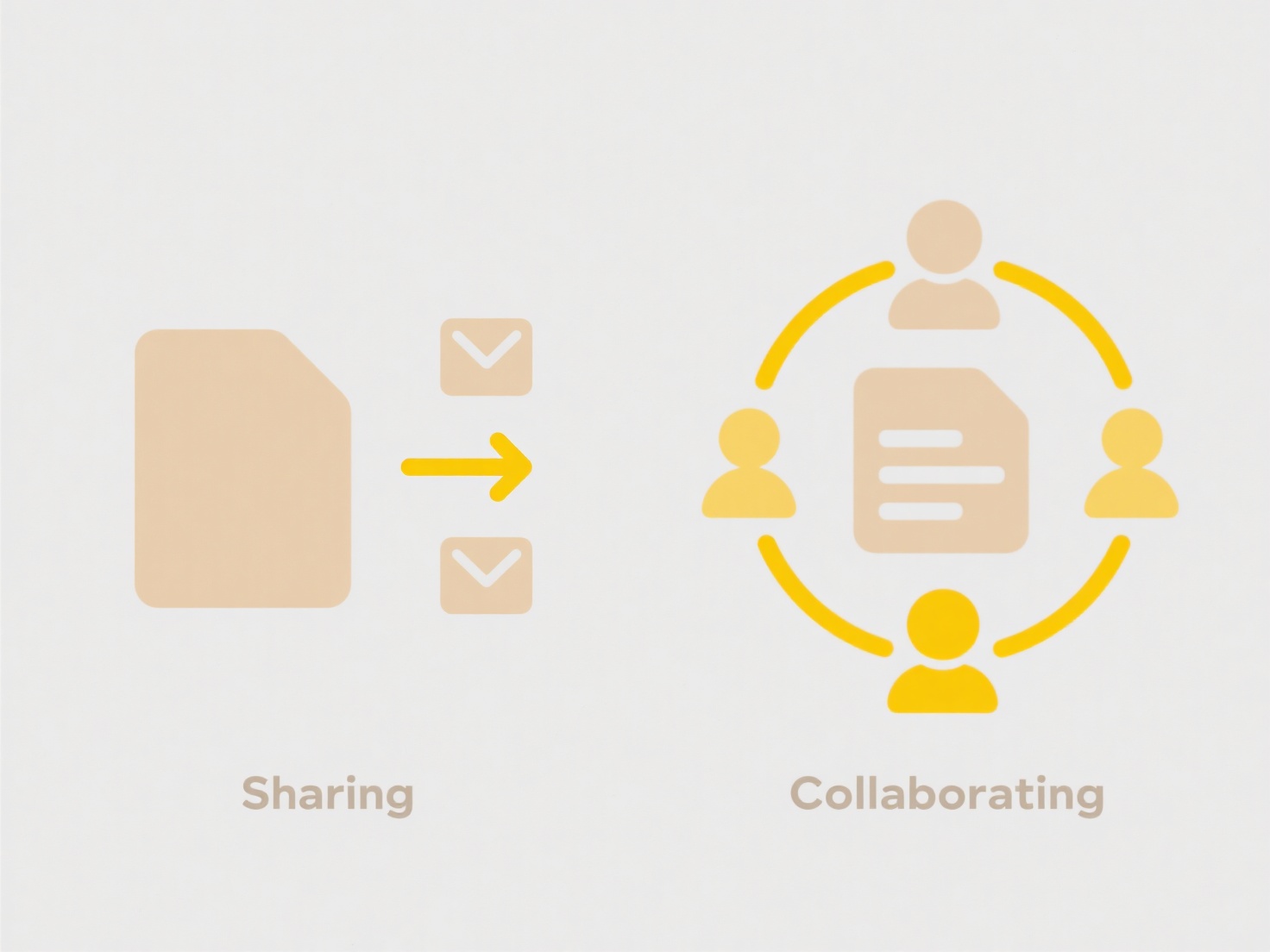
Duplicate files occur when identical copies of the same content exist in a folder or across devices being synchronized. During a sync process, software compares files (often using timestamps or checksums) to determine which versions need updating or transferring. Duplicates create confusion: the sync tool might not correctly identify the intended source file, struggle to apply changes consistently to all copies, or waste bandwidth and storage by copying unnecessary duplicates. This can lead to unexpected file versions appearing or changes seeming lost.
For example, if you accidentally have two identical presentations named 'Report.docx' in different folders syncing to cloud storage like Google Drive or Dropbox, the service might struggle to reconcile edits made separately to each copy. Similarly, file synchronization tools (like Syncthing or rsync) backing up documents from a laptop to an external drive might transfer both duplicates unnecessarily if they aren't detected, consuming space. Collaboration platforms like SharePoint can generate conflicts if users unknowingly edit different duplicate files simultaneously.

Duplicate files primarily cause issues by increasing complexity and resource use. They waste significant storage space across devices and cloud services. During sync, they raise the chance of conflicts or data corruption if changes aren't merged correctly. While modern sync tools often include deduplication features, proactively managing files (removing duplicates or using consistent naming) remains best practice. Otherwise, reliance on automatic sync can inadvertently amplify problems like bloated storage and unreliable file history.
Can duplicate files cause sync issues?
Duplicate files occur when identical copies of the same content exist in a folder or across devices being synchronized. During a sync process, software compares files (often using timestamps or checksums) to determine which versions need updating or transferring. Duplicates create confusion: the sync tool might not correctly identify the intended source file, struggle to apply changes consistently to all copies, or waste bandwidth and storage by copying unnecessary duplicates. This can lead to unexpected file versions appearing or changes seeming lost.
For example, if you accidentally have two identical presentations named 'Report.docx' in different folders syncing to cloud storage like Google Drive or Dropbox, the service might struggle to reconcile edits made separately to each copy. Similarly, file synchronization tools (like Syncthing or rsync) backing up documents from a laptop to an external drive might transfer both duplicates unnecessarily if they aren't detected, consuming space. Collaboration platforms like SharePoint can generate conflicts if users unknowingly edit different duplicate files simultaneously.

Duplicate files primarily cause issues by increasing complexity and resource use. They waste significant storage space across devices and cloud services. During sync, they raise the chance of conflicts or data corruption if changes aren't merged correctly. While modern sync tools often include deduplication features, proactively managing files (removing duplicates or using consistent naming) remains best practice. Otherwise, reliance on automatic sync can inadvertently amplify problems like bloated storage and unreliable file history.
Quick Article Links
Why is the “Share” button missing?
The "Share" button might be missing due to permissions, platform rules, or technical reasons. This feature allows users ...
How do I move a cloud file back to local-only use?
Moving a cloud file back to local-only means making a copy stored only on a specific device (like your computer or phone...
Does Wisfile offer a portable version that doesn’t require installation?
Does Wisfile offer a portable version that doesn’t require installation? No, Wisfile is designed as a local applicatio...